iPhone Keeps Asking for Apple ID Password? Here are 8 Ways You Can Fix It!

(updated)
Get Free Scanner and check your computer for errors
Fix It NowTo fix found issues, you have to purchase the full version of Combo Cleaner. Free trial available. Combo Cleaner is owned and operated by Rcs Lt, the parent company of PCRisk.com read more.
8 Ways You Can Fix iPhone Repeatedly Asking For Apple ID Password
The message asking for you to enter an Apple ID password error is one of the issues that appeared after an iOS update. But it's not the only reason why this message keeps reappearing on your device. Your iPhone also might keep asking to enter the password for Apple ID if there are problems with iCloud or the Apple ID password.
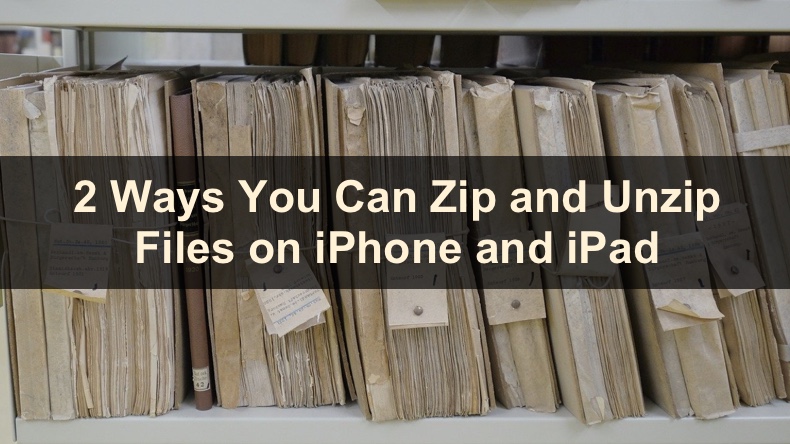
Other reasons for the message appearing can be related to the App Store. It might keep asking to enter the Apple ID password when trying to download or update apps. If that's the case, the message should disappear when the updates or downloads are finished, and you enter the Apple ID password.
If iMessage or FaceTime are experiencing issues, it can also cause an error with your Apple ID as they use it to work. You can try to re-enable both features from the iPhone settings. Resetting the Apple ID password is also one of the solutions to fixing this problem. If you're not sure why Apple ID keeps asking you to enter its password, follow all the steps to fix the problem.
Video on iPhone Keeps Asking for Apple ID Password? Here are 8 Ways You Can Fix It!
Table of Contents:
- Introduction
- Method 1. Restart iPhone
- Method 2. Sign Out From iCloud and Sign Back In
- Method 3. Reset Your Apple ID Password
- Method 4. Disable FaceTime and iMessage
- Method 5. Update Your Apps
- Method 6. Reset All Settings
- Method 7. Update iPhone Operating System
- Method 8. Reset to Factory Settings
- Video on iPhone Keeps Asking for Apple ID Password? Here are 8 Ways You Can Fix It!
Download Computer Malware Repair Tool
It is recommended to run a free scan with Combo Cleaner - a tool to detect viruses and malware on your device. You will need to purchase the full version to remove infections. Free trial available. Combo Cleaner is owned and operated by Rcs Lt, the parent company of PCRisk.com read more.
Restart iPhone
If the Apple ID credentials are correct, restart your iPhone. The reboot will eliminate minor software bugs on your device and give it a 'fresh start'.
To restart your iPhone, follow the steps below:
1. Turn off the iPhone. If you don't know how to turn off your iPhone model, you can check it here.
2. Wait for a minute and turn it back on.
Now, the notification should be gone. If you still see it, proceed to the following method.
Sign Out From iCloud and Sign Back In
If you keep getting prompts to enter the Apple ID password, sign out and sign back into your iCloud account.
To sign out and sign back into iCloud, follow the steps below:
1. Open the "Settings" app.
2. Tap on your Apple ID.
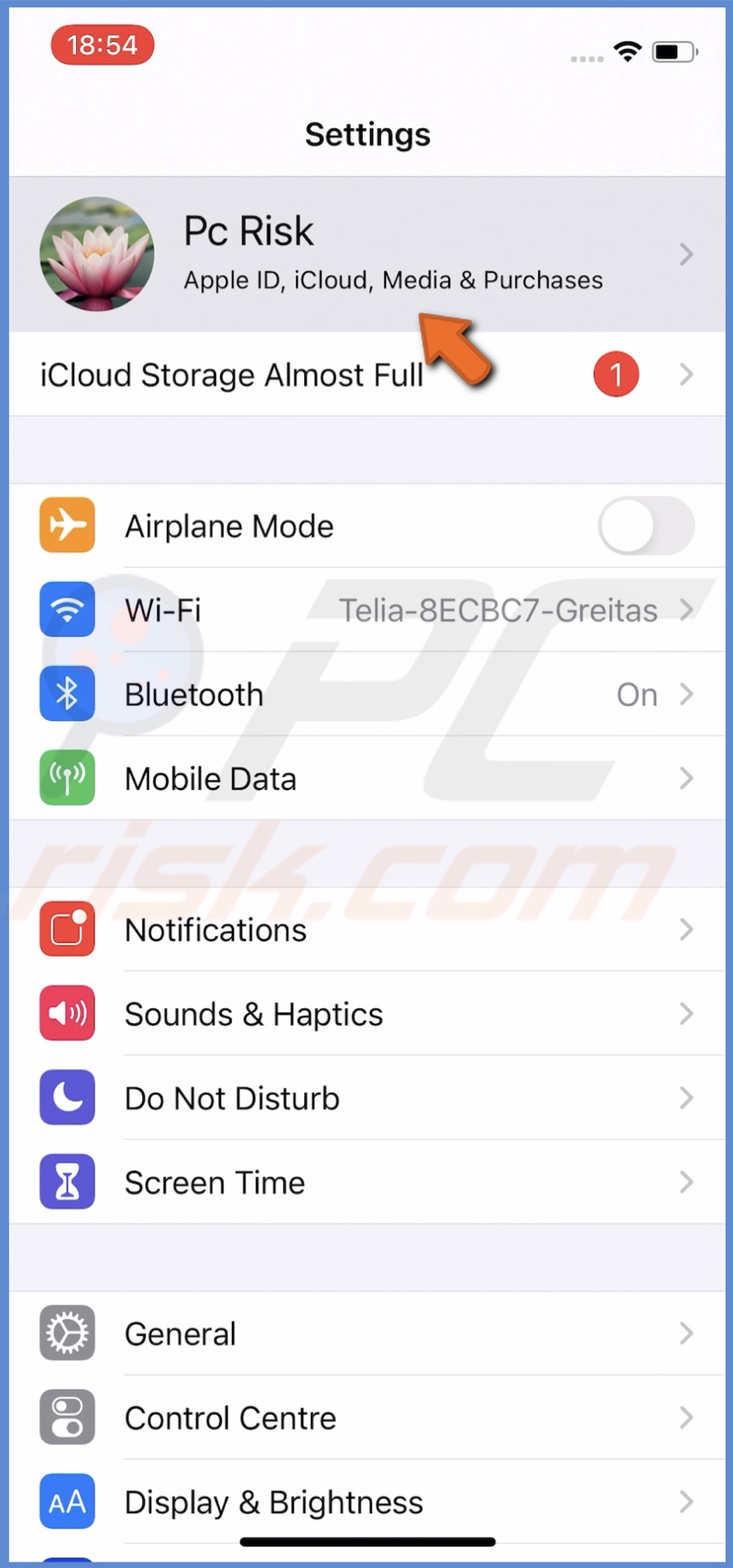
3. Scroll to the bottom and tap on "Sign Out".
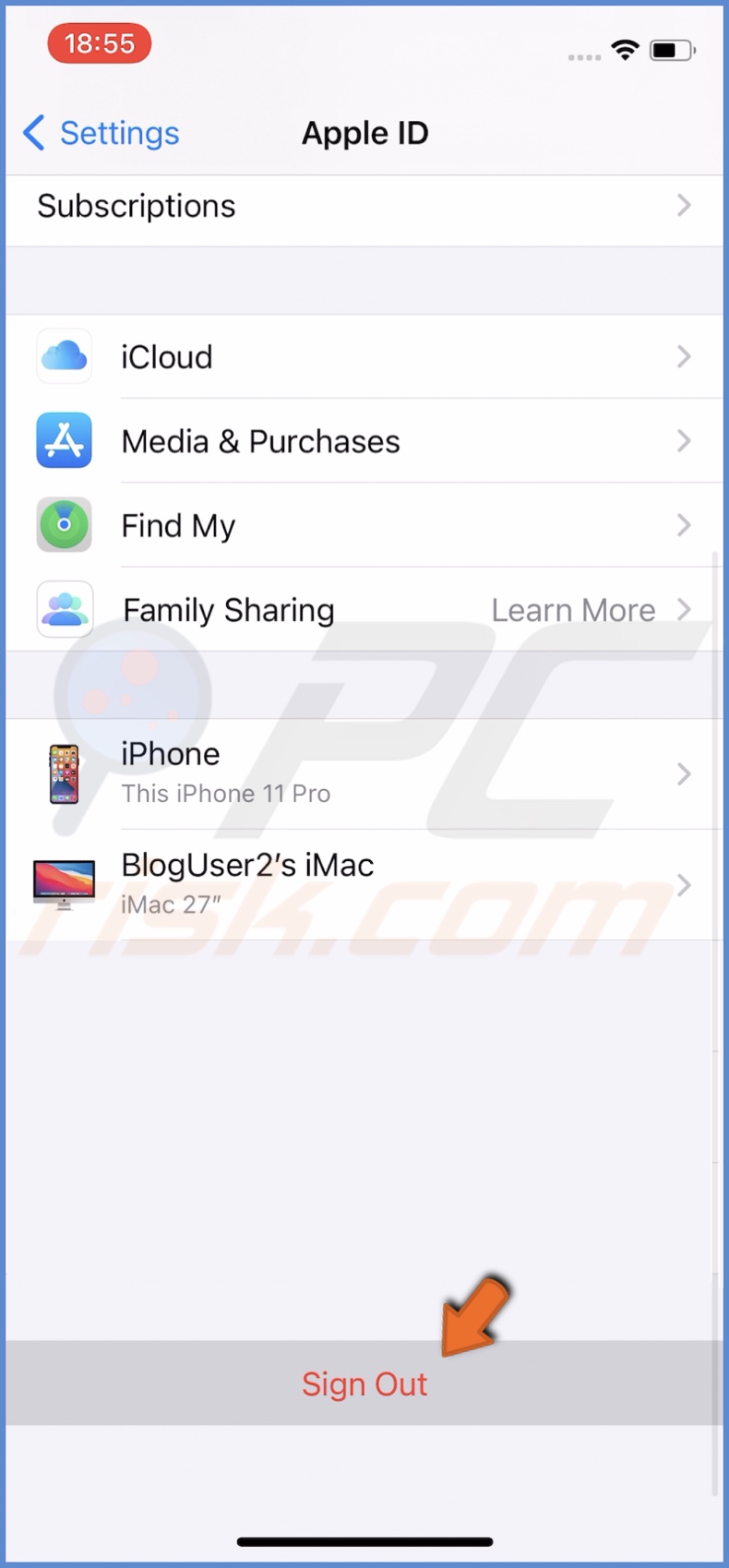
4. Enter your Apple ID password and tap on "Turn Off" to disable "Find My iPhone".
5. Choose if you want to keep a copy of the Calendar, Contacts, Keychain, or Safari files.
6. Then, in the top right corner, tap on "Sign Out".
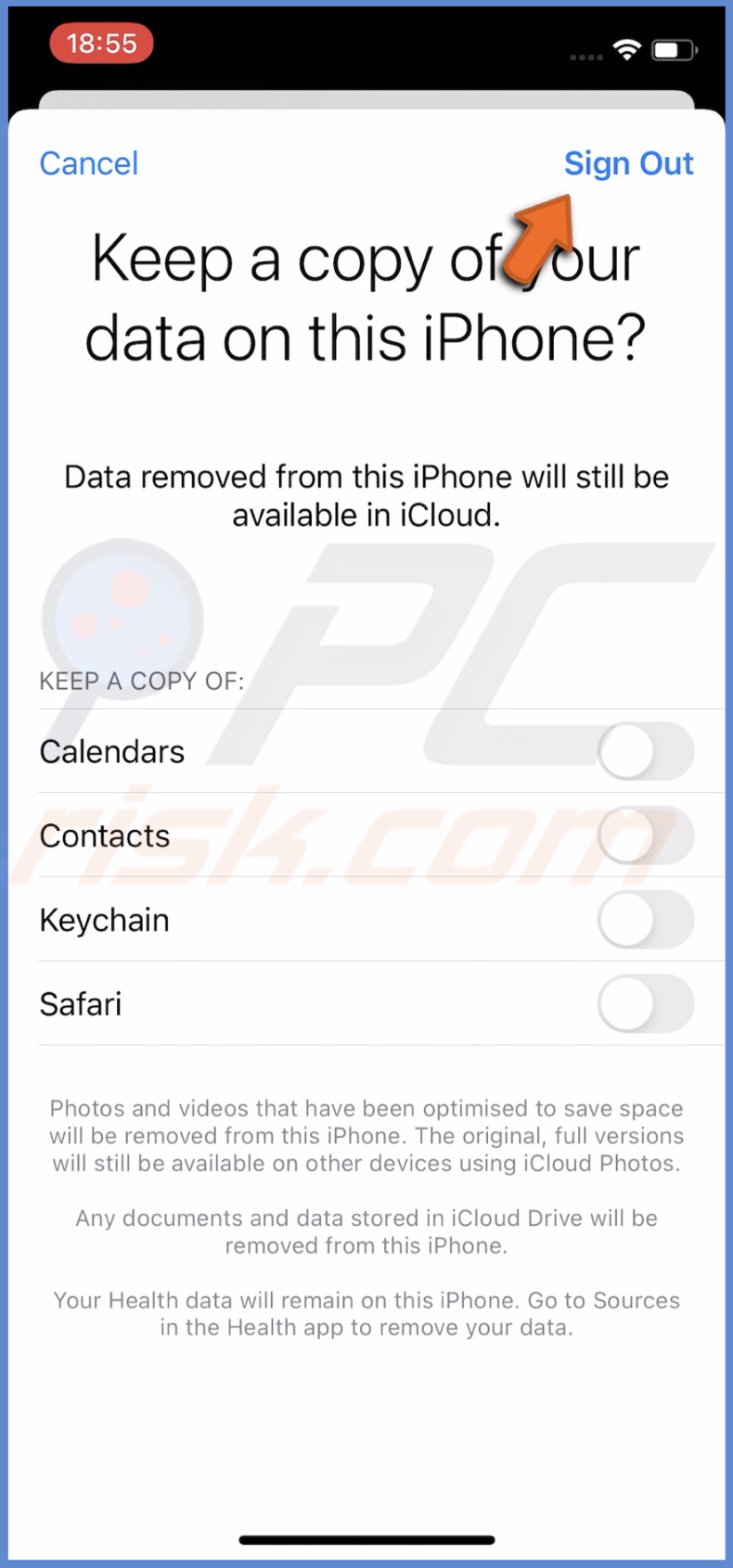
7. Restart your device. If you don't know how to reset your iPhone mode, take a look at the first method.
8. When your device boots, open the "Settings" app again.
9. At the very top, tap on "Sign in to your iPhone".
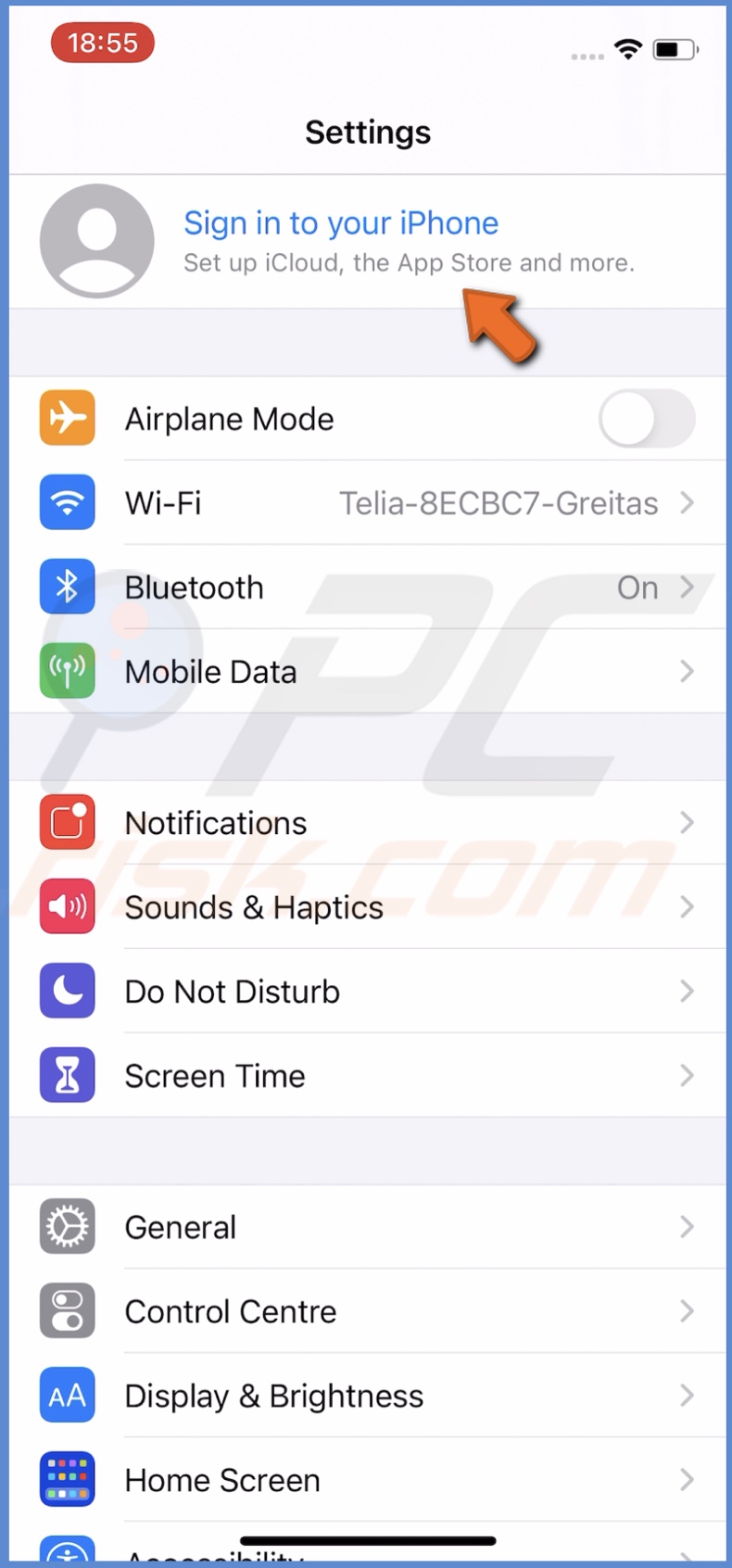
10. Enter your Apple ID credentials.
11. Choose if you want to merge data.
Your iPhone should no longer ask you to enter the Apple ID password. If it does, proceed to the following method.
Reset Your Apple ID Password
The next thing you can do is reset the Apple ID password.
To reset the Apple ID password, follow the steps below:
1. Go to the "Settings" app on your iPhone.
2. Tap on your Apple ID name.

3. Then, go to "Passwords & Security".
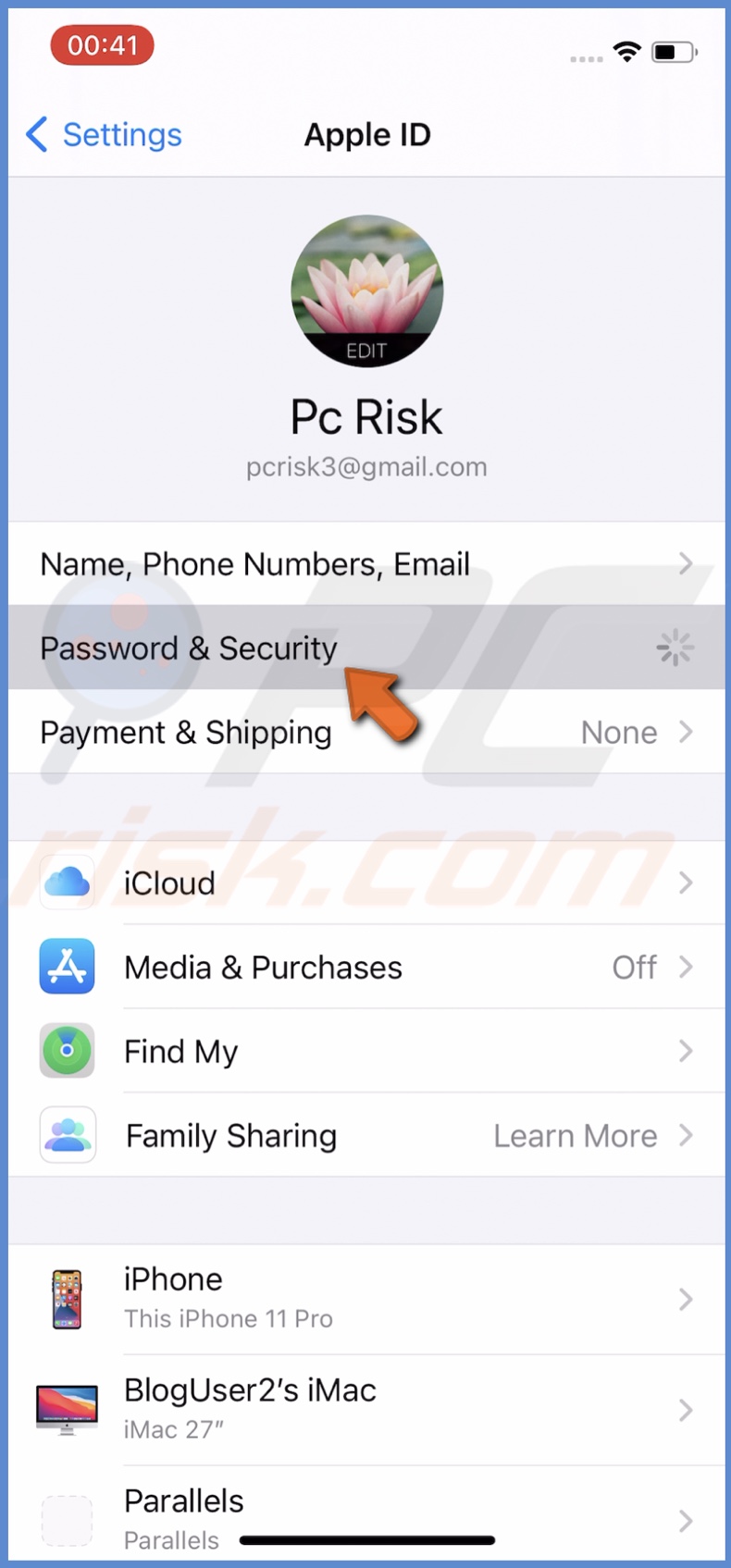
4. At the top, tap on "Change password".
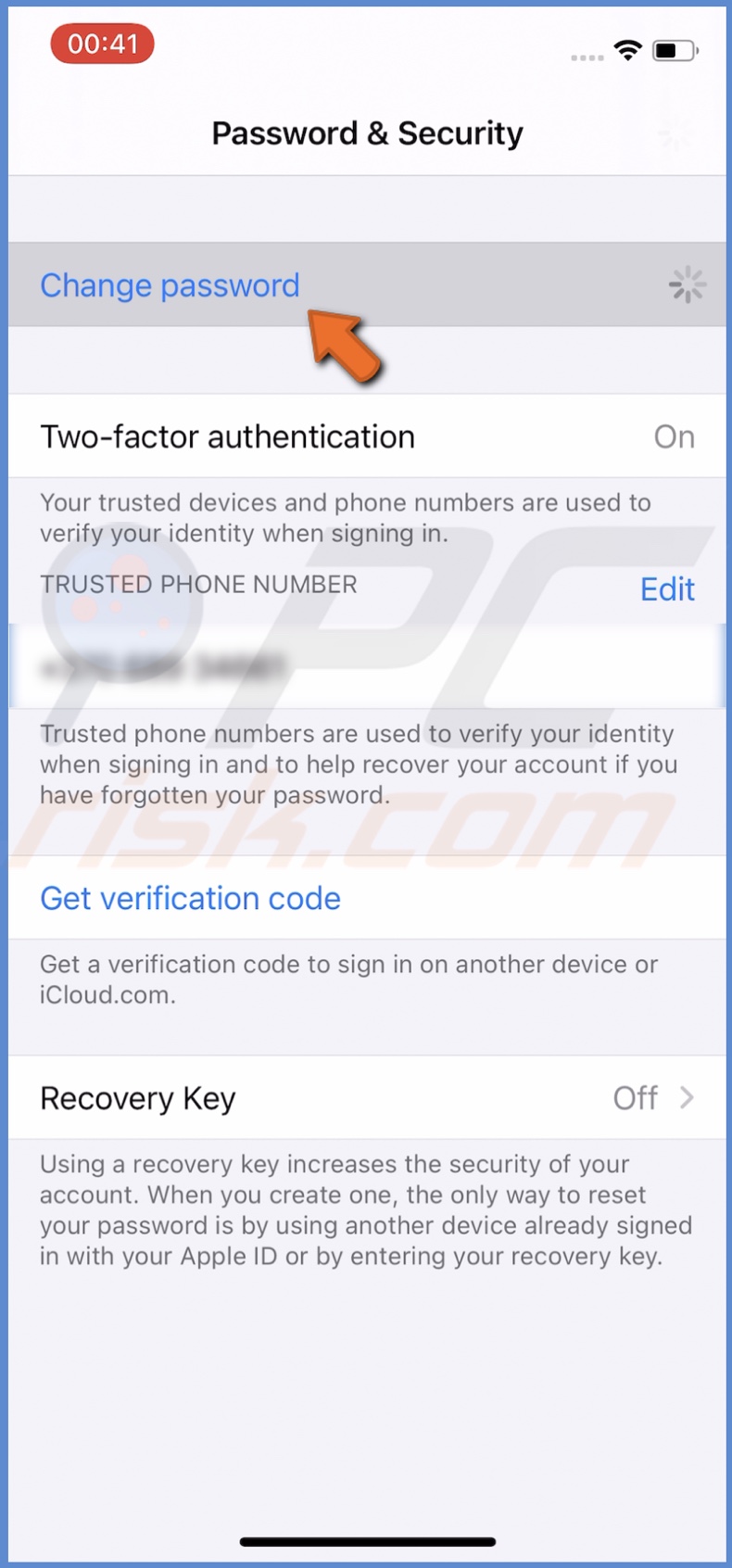
5. If you have a passcode set on your iPhone, enter it when asked.
6. Then, next to "New", type in the new password, and next to "Verify", type the new password again.
7. When done, in the top right corner, tap on "Change".
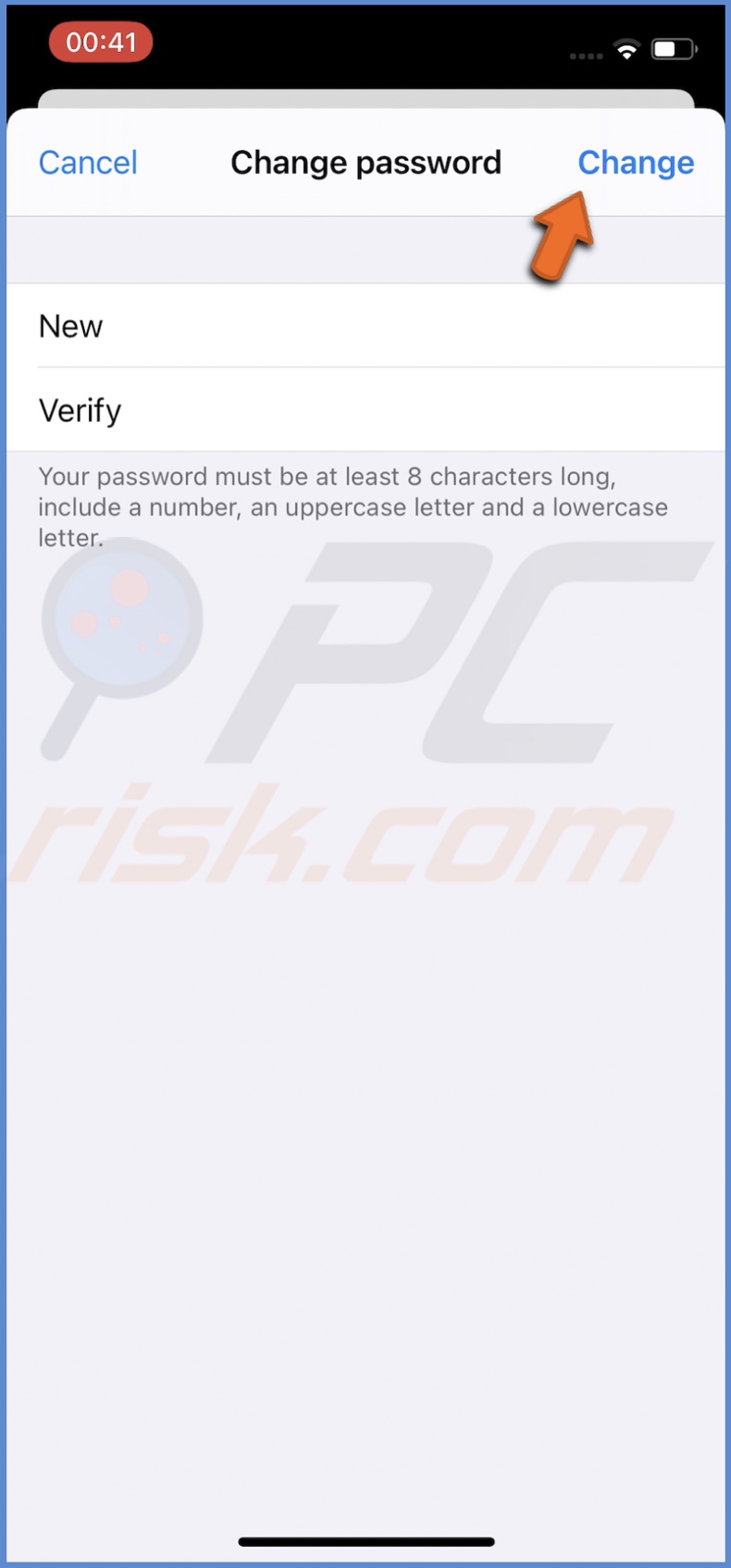
8. Restart your iPhone. If you don't know how to reset your iPhone mode, take a look at the first method.
When your iPhone reboots, the message asking for an Apple ID password should not reappear.
Disable FaceTime and iMessage
Turning off iMessage and FaceTime might also help in eliminating the annoying prompt.
To disable iMessage and FaceTime, follow the steps below:
1. Go to the "Settings" app.
2. Locate and tap on "Messages".
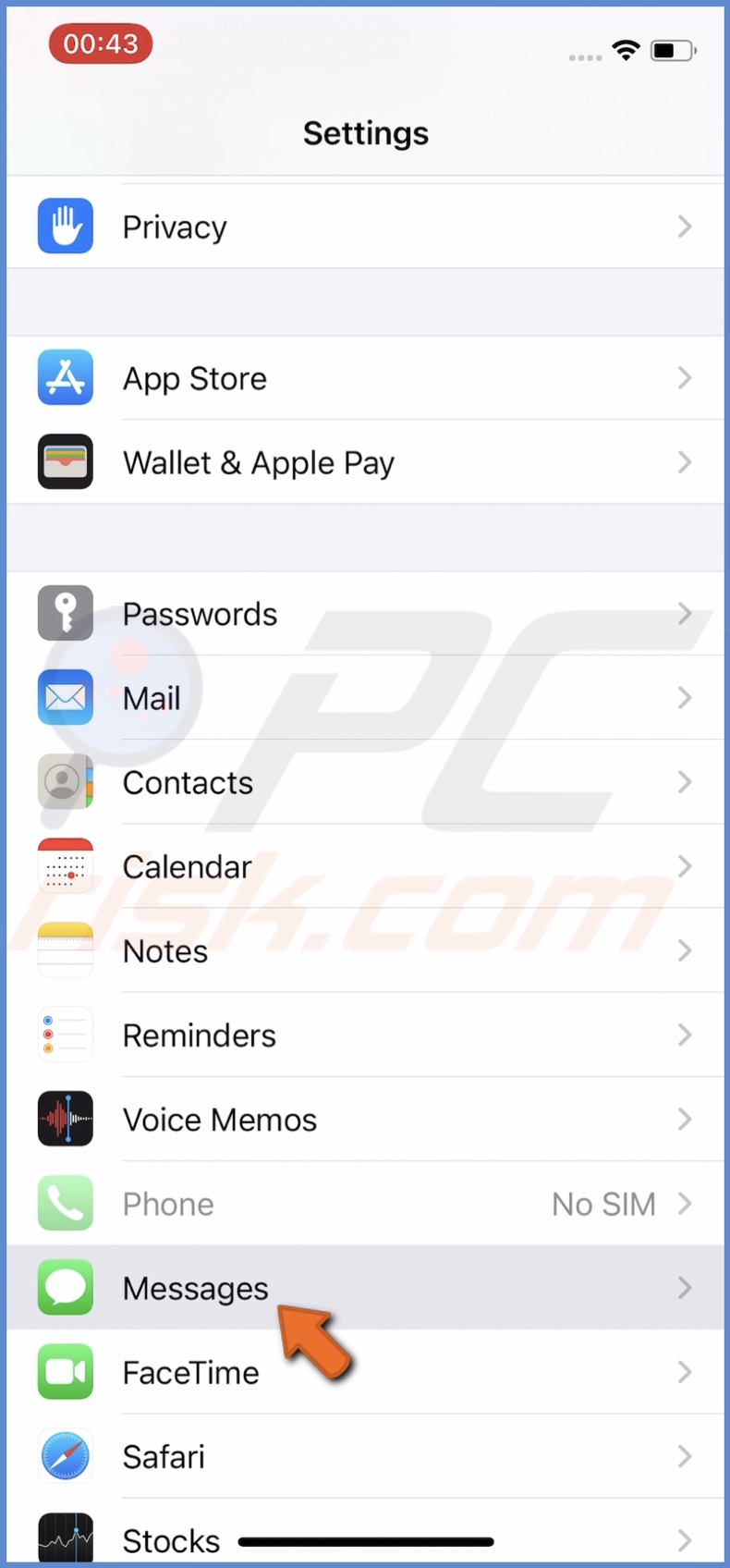
3. Next to "iMessage", toggle the slider to disable the feature.
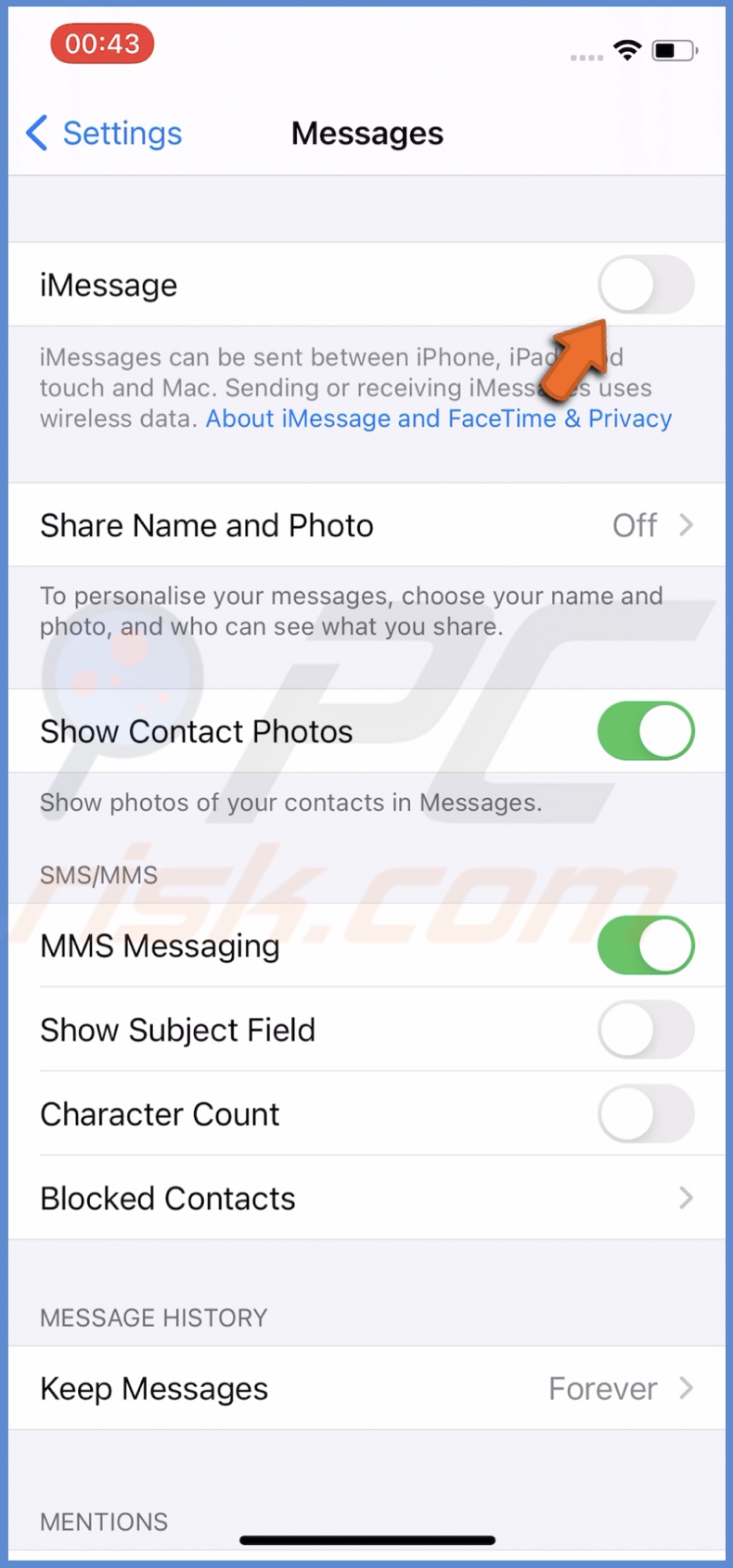
4. Then, at the top left corner, tap on "Settings" to return to iPhone settings.
5. Tap on "FaceTime".
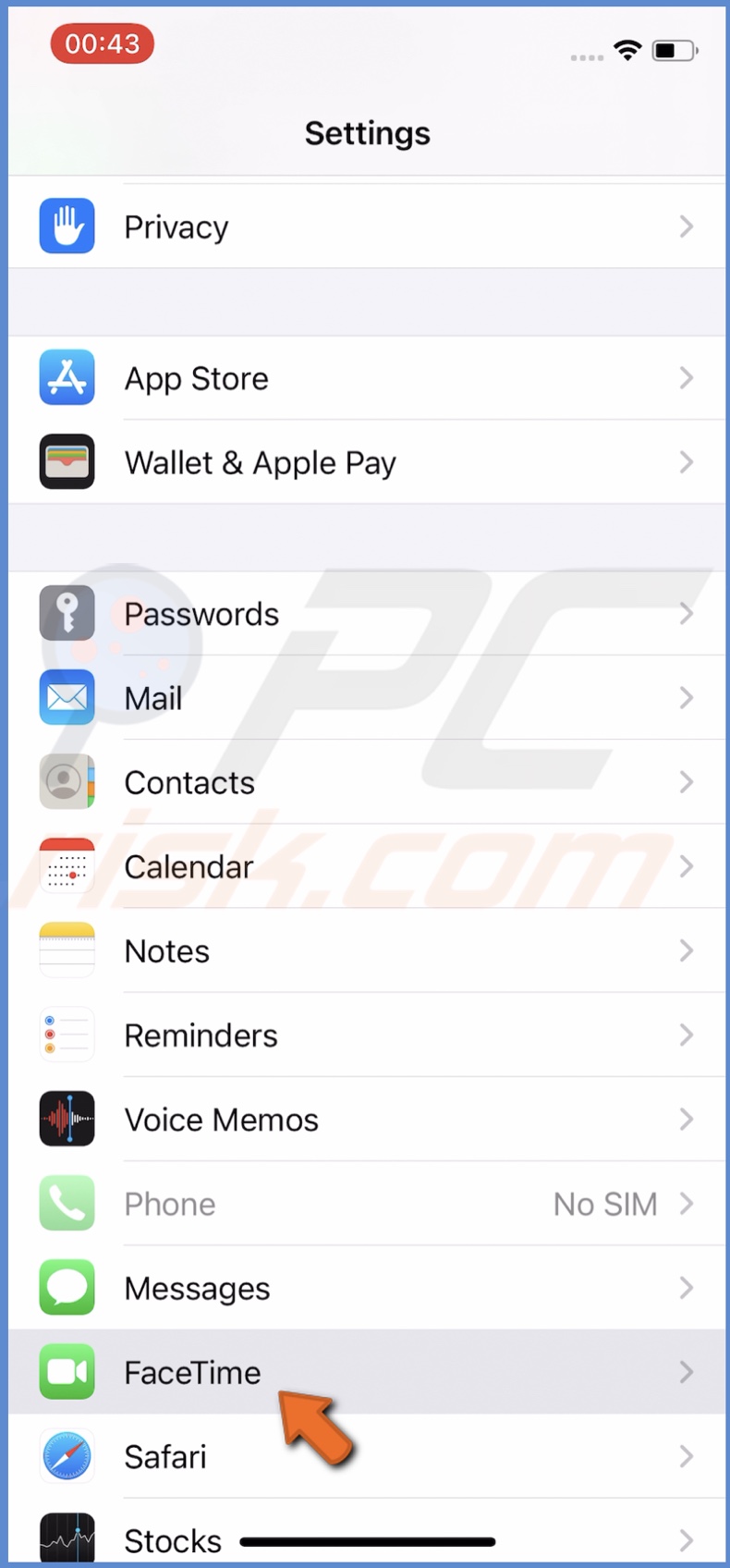
6. Next to "FaceTime", toggle the slider to disable the feature.
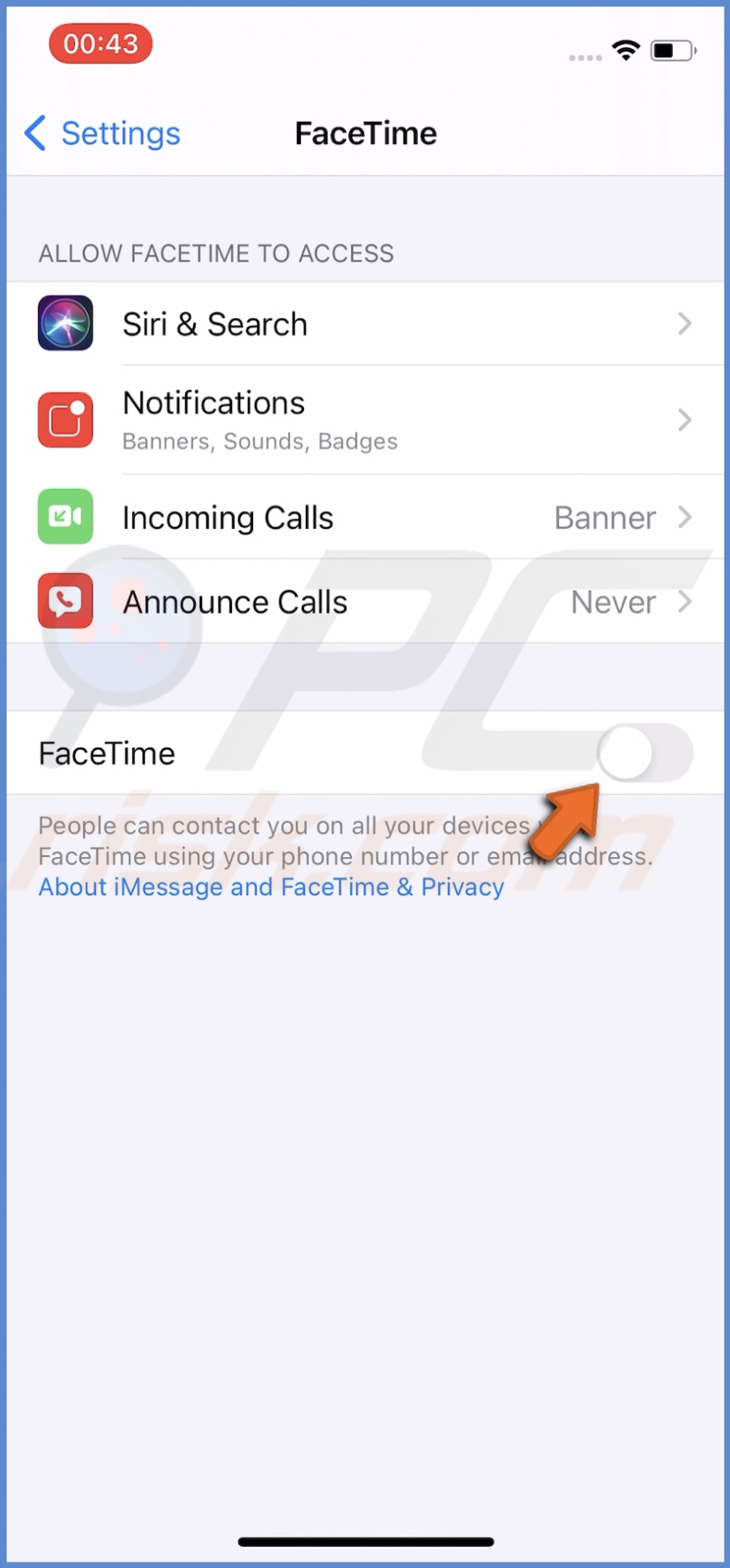
7. Restart your device. If you don't know how to reset your iPhone mode, take a look at the first method.
8. Go back to iMessage and FaceTime settings and turn them on.
If you still get asked to enter the Apple ID password, got to the next method.
Update Your Apps
When you're downloading an app update, you might be prompted to enter the password for your Apple ID. Check for any available app updates that are trying to start downloading.
To check all app updates, follow the steps below:
1. Locate the "App Store" app on your Home Screen, tap, and hold it until a menu pops up.
2. Then, tap on "Updates".
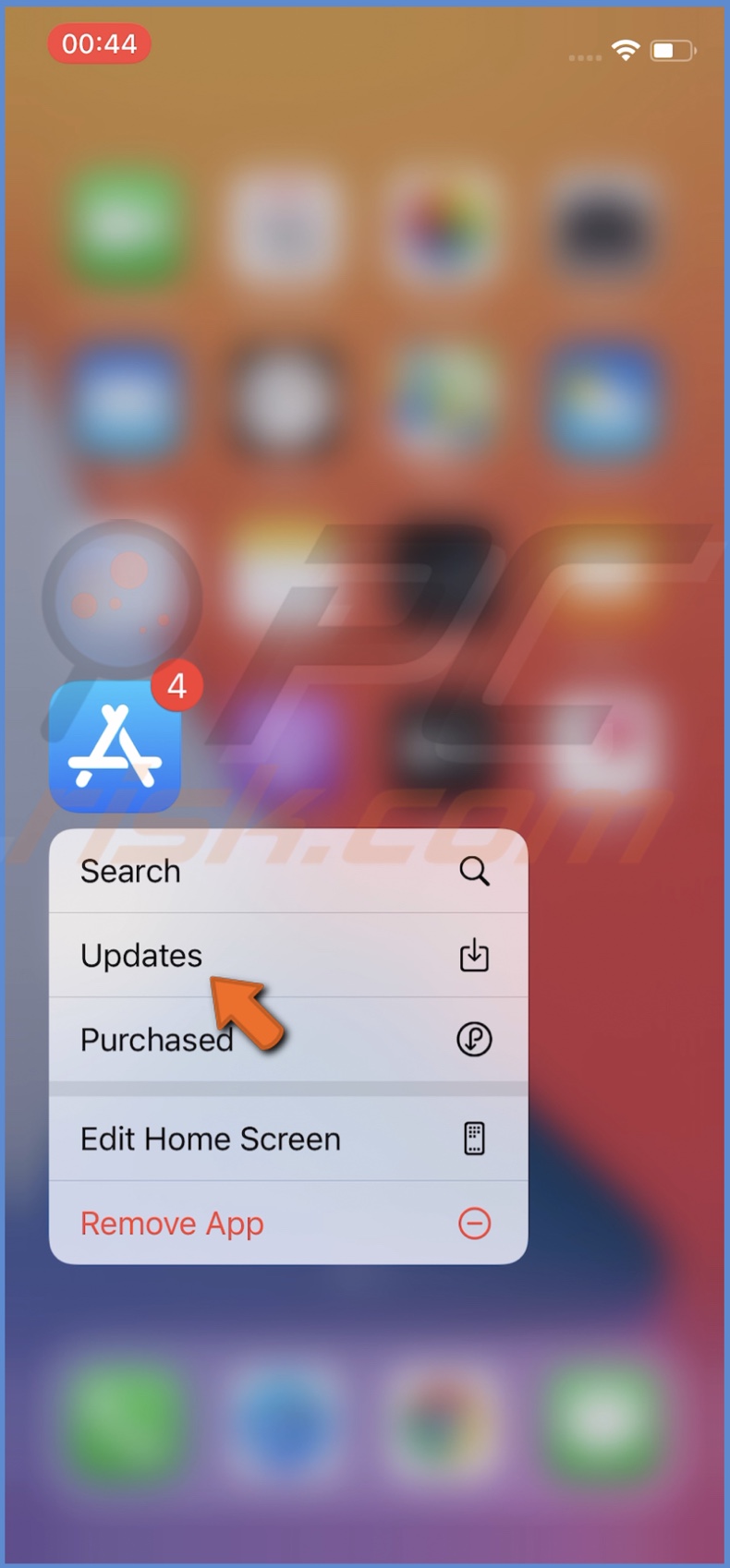
3. You'll be redirected to your account window. Under "Available Updates", check if apps are waiting to be updated.
4. You can either tap on "Update" next to every app individually or tap on "Update All" to save some time.
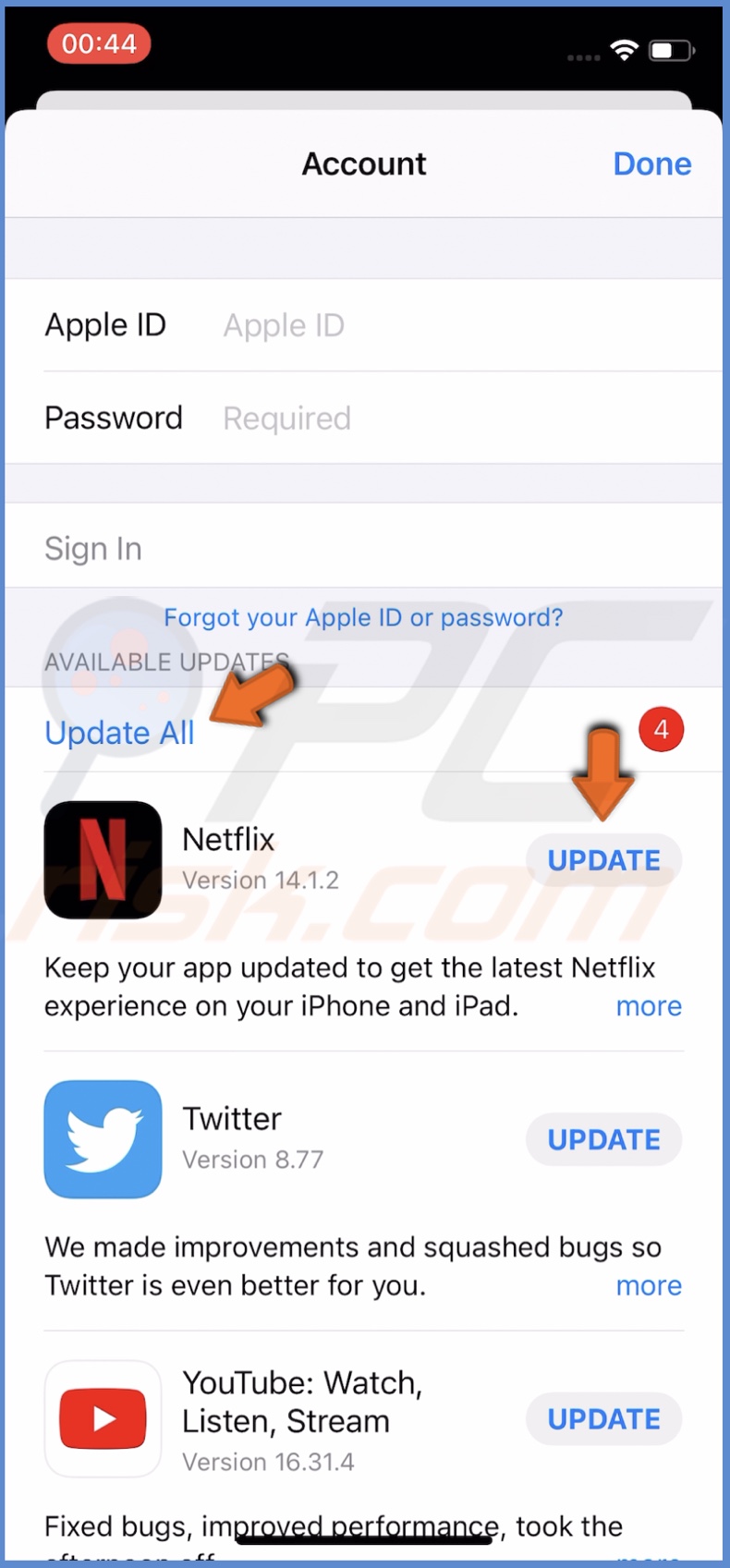
Reset All Settings
This can also help in solving the 'iPhone keeps asking for Apple ID password' problem. Resetting all settings will not delete your photos, video, or in any other way influence data on your iPhone.
To reset all settings, follow the steps below:
1. Open the "Settings" app on your iPhone.
2. Go to "General" settings.
3. Scroll to the bottom and tap on "Reset".
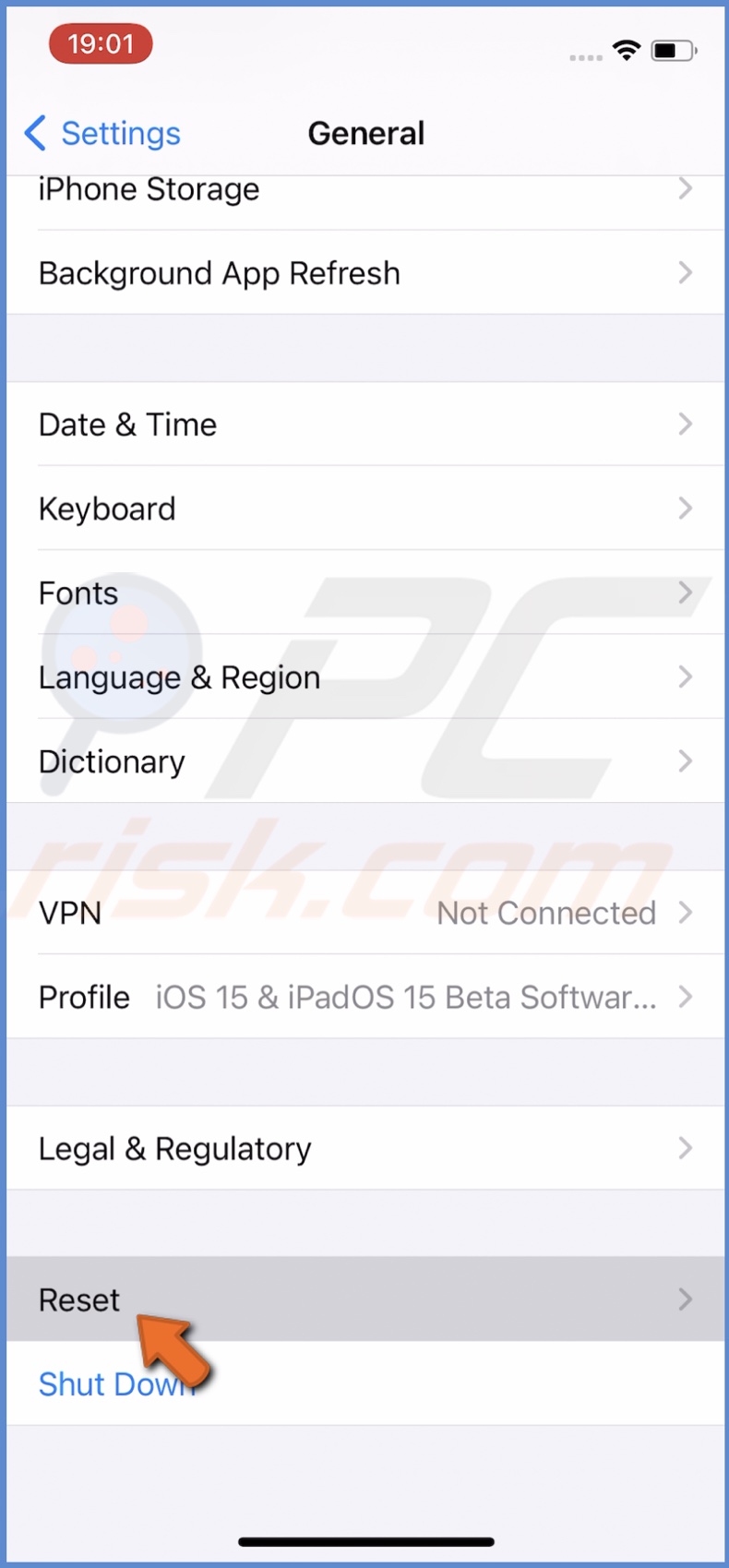
4. Then, tap on "Reset All Settings".
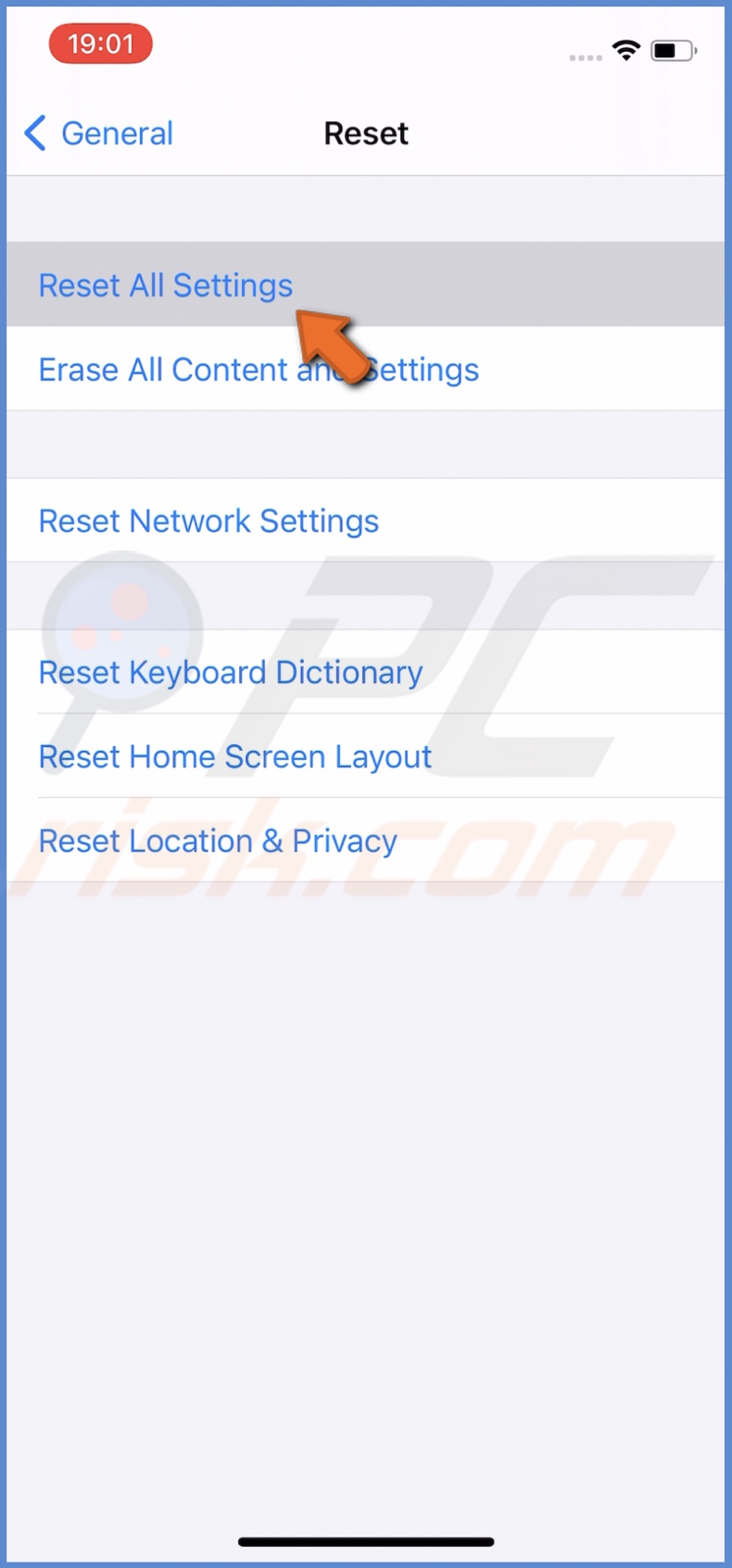
5. Enter your iPhone passcode and tap on "Reset All Settings" again to confirm the action.
If the prompt still keeps appearing, try updating the iOS, which we explain in the following method.
Update iPhone Operating System
Updating iPhone operating system can fix issues related to the software.
To update your iPhone iOS, follow the steps below:
1. Open the "Settings" app on your device.
2. Go to "General" settings.
3. Tap on "Software Update".
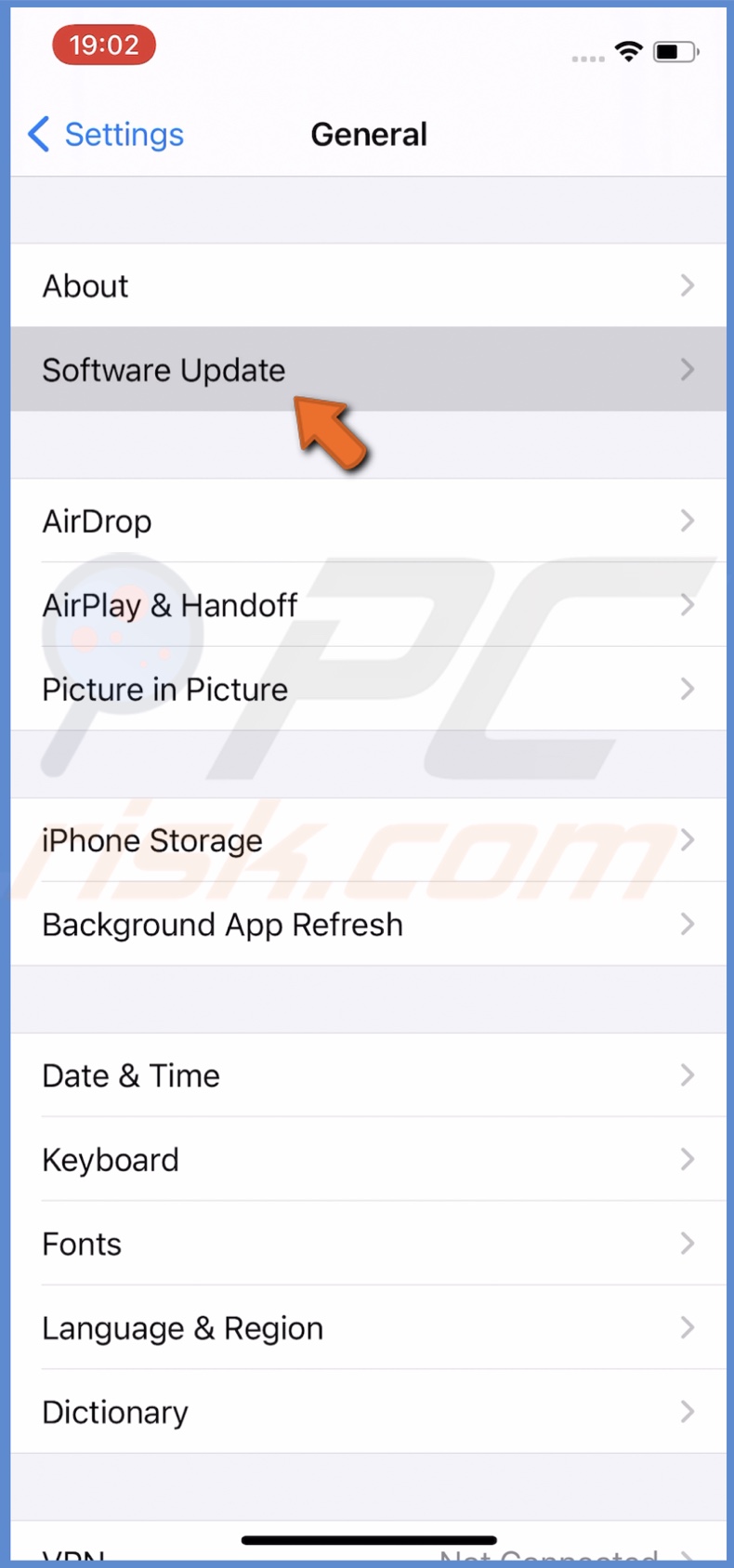
4. Wait while your iPhone searches for available updates. If an update is found, tap on "Download and Install".
After your iPhone has finished updating, check if the problem was eliminated.
Reset To Factory Settings
The last resort is resetting your device to factory settings. This method will delete all data on your device as well as reset all settings. Before doing a full reset, back up your iPhone so you won't lose any important data. You can learn how to back up data, reset iPhone to factory settings and restore backed-up data by reading our article on "How to Factory Reset Your iPhone, iPad, and iPod".
We hope this article provided you the information you were looking for and helped you fix the problem.
Share:

Karolina Peistariene
Author of how-to guides for Mac users
Responsible for collecting, analyzing, and presenting problem-solving solution articles related to macOS issues. Years of macOS experience combined with solid research and analyzing skills help Karolina provide readers with working and helpful solutions as well as introduce various features Mac has to offer.
▼ Show Discussion